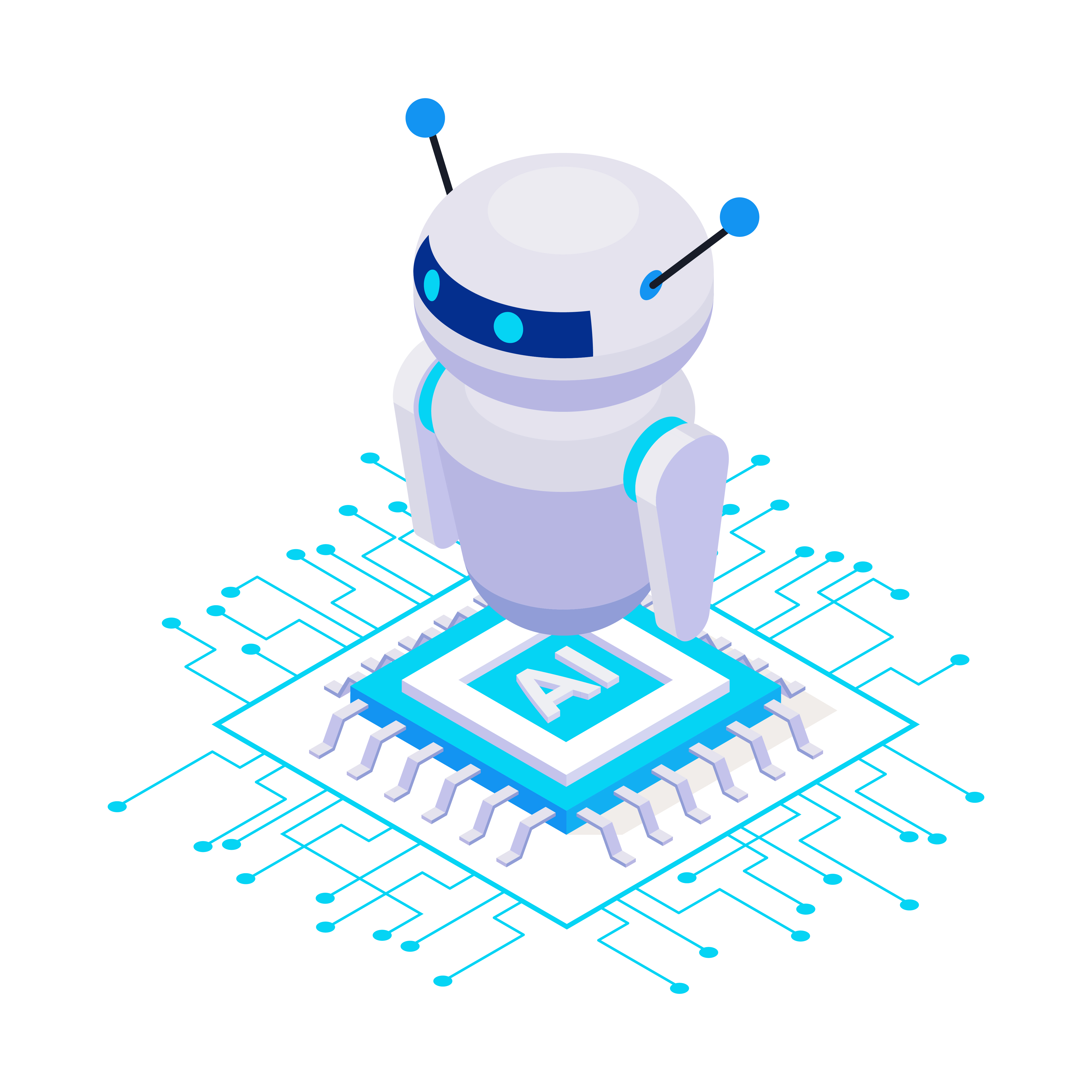Unlocking Hexadecimal Magic: A Comprehensive Guide to Binary to Hexadecimal Conversion
Bridging the Gap: Mastering Binary to Hexadecimal Conversion
Introduction:
- Introduce the concept of binary to hexadecimal conversion and its importance in computer science and digital systems.
- Highlight how understanding hexadecimal notation allows for more compact and efficient representation of binary data.
What is Binary to Hexadecimal Conversion?
- Explain the process of converting binary numbers into their corresponding hexadecimal representations, where each hexadecimal digit represents four binary digits (bits).
- Discuss the advantages of using hexadecimal notation for expressing binary data, particularly in programming and digital electronics.
Methods of Binary to Hexadecimal Conversion:
- Manual Conversion: Provide step-by-step instructions on how to manually convert binary numbers to hexadecimal using a conversion table or by grouping binary digits into sets of four.
- Online Tools and Converters: Introduce online tools and converters that automate the binary to hexadecimal conversion process, making it quick and convenient for users.
- Programming Techniques: Discuss how binary to hexadecimal conversion can be implemented programmatically using programming languages like Python, Java, or C++.
Practical Applications and Use Cases:
- Explore real-world applications of binary to hexadecimal conversion, such as memory addressing in computer systems, network protocols, and file formats.
- Highlight how hexadecimal notation is used to represent colors in web design, memory addresses in programming, and cryptographic keys in cybersecurity.
Tips and Tricks for Binary to Hexadecimal Conversion:
- Share tips for effectively converting binary numbers to hexadecimal, including methods for grouping binary digits and identifying hexadecimal equivalents.
- Provide examples of common challenges and pitfalls to avoid when performing binary to hexadecimal conversion, such as misinterpreting binary digits or forgetting hexadecimal digit values.
Beyond Binary to Hexadecimal:
- Discuss advanced topics related to binary and hexadecimal notation, such as bitwise operations, hexadecimal arithmetic, and hexadecimal encoding schemes.
- Explore the relationship between binary, hexadecimal, and other number systems, such as octal and decimal, and their significance in computer science and digital communication.
Conclusion:
- Summarize the key takeaways from the blog post, emphasizing the importance of binary to hexadecimal conversion in understanding and manipulating binary data.
- Encourage readers to explore binary and hexadecimal notation further and experiment with converting binary data to hexadecimal in their own projects and learning endeavors.
Additional Resources:
- Provide links to additional resources, including binary to hexadecimal conversion tools, programming libraries, and tutorials, for readers interested in further exploring this topic.
Tags
beginners guide to ctf
how to add binary numbers
how to play snake game on calculator
hexadecimal
introduction to bitcoin and cryptocurrency
how to copy in exams using calculator
how to play game on calculator
introduction to bitcoin and blockchain
how to play game in casio calculator
how to use scientific calculator
magic
introduction to ctf
how to play games in calculator
how to play game in a calculator
how to store data in calculator
